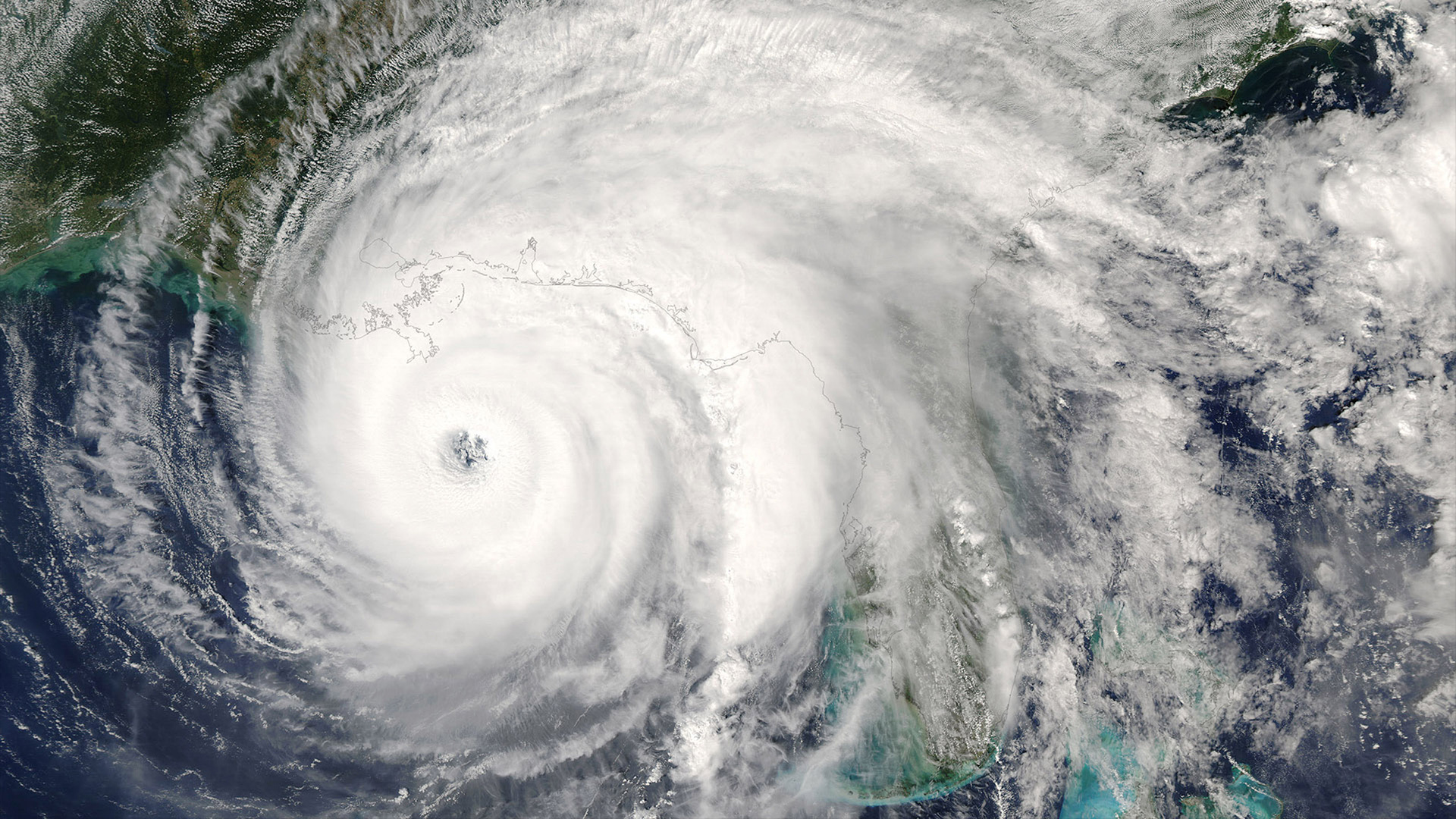AI-powered 'digital twin' of Earth could make weather predictions at super speeds
An AI-driven supercomputer dubbed Earth's 'digital twin' could help us avoid the worst impacts of climate catastrophes headed our way.

Scientists have created a "digital twin" of our planet that can be used to predict weather far faster than traditional services.
The technology could help prevent some of the catastrophic impacts of disasters such as typhoons and flooding. The intensive data-crunching system could also give us a more detailed view of the future effects of climate change and reveal clues about how to mitigate it.
The system is built by Nvidia, a multinational company that builds graphics processing units (GPUs), which are electronic circuits that can carry out high-speed mathematical equations that enable activities such as machine learning, a type of artificial intelligence (AI).
The platform, called Earth-2, contains a suite of machine learning technologies developed by Nvidia, all of it driven by supercomputers to provide the immense processing power needed to do the job.
Combined, these create "a virtual replica of a physical object or system, in this case, Earth's climate," Dion Harris, head of data center product marketing at Nvidia, told Live Science.
The system takes the form of an interactive interface that runs simulations of weather and climate across the planet, allowing users to set different parameters and simulate weather in different locations at a highly detailed 1.2-mile (2 kilometers) scale.
Related: Atlantic's hurricane alley is so hot from El Niño it could send 2024's storm season into overdrive
Get the world’s most fascinating discoveries delivered straight to your inbox.
The AI technology has been trained on global datasets that provide hourly estimates of land, atmospheric and ocean climate variables. This system "synthesizes hundreds of observations and reconstructs Earth's weather and climate over the last 50 years or so," Harris said.
The intensive training means the AI can quickly sift through troves of weather and climate data, churning out thousands upon thousands of potential outcomes and ultimately calculating the probability of certain weather outcomes in a particular location.
When it comes to approaching weather systems that could put lives at risk and cause millions in damage, Nvidia's system can therefore provide real-time predictions in seconds, rather than minutes or days, Harris said.
That can make the difference between life and death in places like Taiwan, where typhoons are frequent and catastrophic.
"When a typhoon warning is launched, the priority is to minimize casualties by carrying out early evacuations," Harris said. For these reasons, Taiwan's Central Weather Administration is one of the first to trial Nvidia's Earth-2 system and will be using it to forecast, plan for and protect against extreme weather events this year.
The technology can also provide a detailed longer view of climate change. Predicting how climate change will unfold, and what its effects will be, requires the processing of vast and numerous data streams on greenhouse gas emissions, temperature, global water cycles, land-use change, ocean chemistry and more. It also requires knowing how changes will unfold on global, regional and local scales, necessitating high data resolution.
Earth-2's supercomputing power could rapidly parse through these vast data streams to build accurate, predictive simulations, its developers say. That might help cities explore the likelihood and intensity of future heat waves, for instance, and take steps now to start mitigation measures.

Emma Bryce is a London-based freelance journalist who writes primarily about the environment, conservation and climate change. She has written for The Guardian, Wired Magazine, TED Ed, Anthropocene, China Dialogue, and Yale e360 among others, and has masters degree in science, health, and environmental reporting from New York University. Emma has been awarded reporting grants from the European Journalism Centre, and in 2016 received an International Reporting Project fellowship to attend the COP22 climate conference in Morocco.



